

Mangroves are the life-blood of our waterways and there are many who work tirelessly to restore them.
However, restoration takes time – a luxury we don’t have while our waterways are choking.
Whilst Mangroves take many years to get to maturity, EcoReefs, which are Virtual Mangroves, take a few
minutes to construct and just a few days to become productive . . .
…sometimes nature can do with a little help protecting precious Mangroves.
The EcoReef Project is an attempt to have an immediate effect on the protection of aquatic habitat
and fish breeding grounds, preventing plastic pollution and assisting with soil erosion control.
Our team has limited resources and limited space for testing however, our modus operandi is -
SHRINK, RE-THINK, TEST, UPSIZE to turn the river back the way it was.
In other words, we shrink the problem and possible solutions to table-top size, re-think and re-work
each aspect, test each methodology to the best of our ability and then launch it to the world to be used
and tested in real size and in real time by those who can benefit the most.
Here’s the story – You be the judge.
1.
Timber floats downstream to become worthless and hazardous in our waterways and oceans
2.
Rocks and rubble sink and separate allowing sand and gravel to slip through into waterways
3.
Plastic waste when uncontrolled is our environmental enemy Number One
All this adds up to dirty water.
The EcoReef Project combines all three factors to provide a positive outcome for the future of our
environment
EcoReefs can be put into operation immediately with no strings attached and at no cost to the user
All we ask is for feedback from anyone using the system so we can continue to improve our methodology
--------------------------------------------------------------------------------------------------------------------------------------------------------
Beaver Reefs
The Beaver Dam method
All of us are well aware of the dexterity of the beaver as it goes about its business of creating virtually
indestructible habitats using twigs and branches
Humans are perhaps not capable of matching this expertise using twigs alone
EcoReefs offer a humble yet cheeky way to match our beaver buddies by binding twigs to rocks with
heated plastics or Sisal to build effective “Beaver Reefs”
EcoReefs will run along the waterways edge rather than damming the natural flow of water
EcoReefs consist of an anchor or gripper, a weight and a binder to hold them together
The anchor or gripper
Timber
Organic
Non-toxic
Promoting plant growth
The weight
Rock pieces
Building rubble
Building rubble should be used with care as they can effect PH balance of waterways.
The binder
Plastic bottles transformed away from their thin, flimsy form by heating
Twisted and wrapped by heat to hold rocks & timber in place
Extreme tensile strength due to heating with a heat gun
Heated to between 110-135C for just a few minutes
Environmental Impact
Next to Zero pollution
Next to Zero costs to the user
Unlimited resources available for production at little or no cost
Positive environmental impact
Minimal energy consumption
Long term use
These are questions you may be asking
Why do we need plastics to bind wood and rubble?
Because rocks and rubble stacked on river banks to prevent erosion will separate leaving timber to
wash into waterways to add to the load of rubbish already present
PLEASE NOTE
If you are concerned about putting more plastics into our environment, please rest assured
that all EcoReefs that use plastic binders must be ‘daisy-chained’ and/or tethered so they can
be retrieved and re-used.
No plastics from EcoReefs are allowed to re-enter waterways unless they are completely in
control.
Why can’t we use adhesives? Because adhesives may last a very long time, but timber surfaces will break down and separate in the environment leaving loose rocks with nothing to adhere to. Also, adhesives are not readily available in remote areas, are expensive and can be toxic Can I make my own EcoReefs? Absolutely! Yes! You can make your own EcoReefs right now! Just send us a little info about your environmental focus, for example, check out your backyard and/or your neighbourhood and see if there’s any way you think that could lend itself to enhancing nature, note it down for us and we’ll send you ‘How To’s’ about EcoReefs - It’s that simple. Aquaculture EcoReef Small Fish Breeding Caves EcoReef Baby Fish Protector Caves EcoReef Small Catfish Breeding Caverns EcoReef Mini Reefs are a combination of twigs, rocks and/or rubble bound with recycled plastic to form a natural maze where baby fish can be safeguarded from natural dangers and from being eaten by larger fish. Egg laying fish and live-birth fish species spawn in huge numbers however, most eggs and baby fish do not survive when exposed to larger hungry fish. EcoReef Small Fish Breeding Caves can substantially increase the rate of survival. EcoReefs can be used as aquatic plant anchors to create a natural environment for small fish and to increase breeding numbers. Aqua Reefs There is no doubt that trees, plants and most organic growth at water’s edge promote healthy waterways Fish breeding depends to a great deal on healthy river banks River banks are constantly under threat from a vast array of environmental and manmade factors EcoReefs use a combination of organic materials, rocks and rubble bound together with heated plastics or Sisal to hold back river bank erosion thereby promoting a healthier waterway The above image is a demonstration of an EcoReef holding back rock and rubble from dissipating into a stream. It shows heated plastics binding timber and rocks together to form the reefs. It also shows rubble infused random shaped plastic planters used to secure aquatic plants as they root and spread. Fish breeding shelters Spawning grounds are ideal feeding areas for natures predators EcoReefs form a complex system of protection for fish to breed safely and for eggs and young fish to be afforded as much protection as possible until they are strong enough to fend for themselves Fish breeders can use EcoReefs in tanks to protect eggs and baby fish The above image shows EcoReefs creating a natural cluster to safeguard fish species during the breeding process. Melted plastics binders are unsightly to start with, however, they soon get camouflaged by natural plant growth. Hydroponics & Aquaponics EcoReefs could be extremely useful as media for plants grown hydroponically Plants will purify the water as it circulates back to keep fish and other aquatic creatures healthy Water then returns to plants rich with nutrients from fish poo Crustacean culture medium Plastics are not conducive to aquatic creatures attaching themselves to the surface due to their smooth texture Organic material such as roots and branches as well as rocks and rubble could be good media for crustaceans EcoReefs form a semi-permanent structure with rough surfaces for crustaceans to adhere to This is heated and solidified plastic infused with gravel. The gravel provides weight to settle the item into the creek or river bed. Whilst plastic is too smooth for crustaceans to attach themselves to, rocks and rubble should promote growth. (These are currently being tested so please wait for results) Aquarium furniture Hobbyists and businesses can take advantage of the versatility of EcoReefs EcoReefs soon merge with their environment making plastics almost invisible Organic material and rocks & rubble promote healthy plants Shelter provided is useful for breeding The image above shows the workings of an EcoReef prototype with minimal binding designed for home aquarium use. After immersion, plants will be added to allow for eggs and baby fish protection and filtration of nutrients. Other possibilities for EcoReefs Land Reefs EcoReefs could be of advantage in flood prone areas Dry season preparation by stacking EcoReefs to dam rocks, gravel and dirt Drought hardy plants would add strength to structures through their root structures Watering these plants would compact soils to add strength allowing dams to hold during floods Soil erosion control Soil erosion is a massive problem around the world Top soil and nutrients washed downstream into oceans has reached critical proportions It is envisaged that a series of EcoReef dams could channel rainwater through passages rather than over the entire land area thereby alleviating at least some of the erosion Extensive testing would be required to prove or disprove this theory, however, any positive effect on protecting the environment we believe would be worth the effort Soil regeneration Terraced farming is a proven method of segmenting areas for intensive farming Building terraced farms utilizing EcoReefs is a practical possibility Costs are negligible as timber, roots, rubble and plastic bindings are freely available in vast quantities Top soil and nutrients are held firmly in place in most instances Water conservation practices are possible as dammed farm plots will hold water more readily than slopes Sandbag supplementation Sandbags are an essential element in soil erosion control Sandbags do come at a cost EcoReefs can be used to terrace loose earth embankments EcoReefs when built and inserted over a period of time in areas prone to flooding could promote root growth and strength to embankments EcoReefs could provide a degree of permanence which could in turn negate the need for some sandbagging Cascading gardens EcoReefs make attractive hanging and cascading gardens EcoReefs stacked and packed with fibrous and plant growth media will promote healthy root growth Plant and roots will strengthen EcoReefs as they progress allowing for fertilization Plastics Farming with Zero set-up costs for anyone, anywhere What if I told you that we could take rubbish and create a product that is a valuable environmental asset? And what if that product can be produced by anyone, anywhere starting right now at no cost to them? And what if that product was not so pretty – would you mind? Fish don’t seem to mind! Plastic Bags - The status quo Single use plastic bags are being banned around the world, however, ALL other plastic bags (including remaining single use bags) will remain one of the most deadly enemies of our environment for a long time to come Used plastic bags & plastic packaging are in unlimited supply and growing Existing waste plastic bags have used up all costs associated with their original production, both environmentally and financially, prior to being let loose in waterways and parks These waste plastics are available FREE to anyone who can collect them This is a Zero pollution, Zero costs resource that we intend to farm as an integral element in the EcoReef Project Plastic bag plastics Plastic bags are made primarily from LDPE (low density polyethylene) HDPE (high density polyethylene) PET (polyethylene terepthalate) All of the above plastics have extremely high tensile strength These plastics are estimated to last for hundreds of years All of the above plastics have a relatively low heat temperature Our experiments have shown that all these plastics adhere to each other when heated There seems to be no toxic fumes released during the heating process When heated together, plastics appear to exude no polluting toxic fumes or chemicals Plastic Bottles Plastic bottles are made of Polyethyline Terapthalate (PET) Extremely high tensile strength Extreme lasting qualities Low melting temperature There seems to be no toxic fumes released during the heating process When heated together, plastics exude few if any polluting toxic fumes or chemicals Note: All the information presented is by courtesy of the many informative knowledge outlets on the internet. As a micro team, we can only disseminate limited data. We will rely on our associates and friends to provide us with technical data and vital information as we proceed. Please get involved. Plastic bags when plaited together have immense tensile strength. When the plaits are heated to between 110- 135C using a heat gun or any simple oven, they transform into one single rope to gain even more strength making them useful to any number of applications. (These are being tested so please wait for results) Plastics Braiding (These are being tested so please wait for results) This is important in particular for poorer areas that have the biggest plastics waste issue It is envisaged that braided plastics would have a bounty attached making it a viable money earning resource Plastics can be plaited into lengths at collection points This makes the product easier and more controllable during shipment Braided plastic can be utilized immediately in EcoReef production Excess washing of plastics is not necessary prior to production Visual inspection of farmed plastics could be all that’s necessary to make sure no serious chemical pollution is present Most organic pollution attached to plastics should disappear during heating process Disadvantages of plastics farming Plastics element of the Eco Reef is not conducive to organic growth as plastic is too smooth to promote root structure Can be visually unappealing to many Perception of adding more plastic to the environment can be a disadvantage in many quarters It is difficult to distinguish various types of plastics Advantages of using plastics in reef building No costs involved Unlimited feedstock ie waste plastics No pollution No adhesives Adding to environmental sustainability by promoting growth Limited heat required to heat plastics to bind media (110-135C for a few minutes) Builds long term growth Please note: We have no guarantees to offer as we are not set up to scientifically test our approaches. What we offer is a broad range of simple solutions to major worldwide issues that we hope may be of benefit. If you are contemplating working with EcoReefs, please satisfy yourself by acquiring as much information as you can before you subject your precious fauna and flora to any of the methods suggested. We are testing new ideas and systems every day and we will share all our knowledge with anyone regardless of whether they partner with us or not. Our environment is just too important and time is a luxury we cannot afford so if you or anyone you know has a better idea, it’s time to share it. You can get involved by testing and using EcoReefs and by sharing your data with us and if you can afford to assist us financially that would be great. The EcoReef Project | Facebook https://ecoreef.blogspot.com/ https://chuffed.org/project/97668-the-ecoreef-project CONTACT US I am available to answer any questions on The EcoReef Project. Please feel free to contact me - mike@genesispromotions.com.auPLEASE NOTE
If you are concerned about putting more plastics into our environment, please rest assured
that all EcoReefs that use plastic binders must be ‘daisy-chained’ and/or tethered so they can
be retrieved and re-used.
No plastics from EcoReefs are allowed to re-enter waterways unless they are completely in
control.
































































































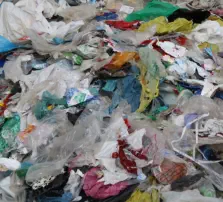
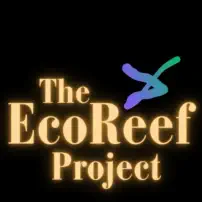
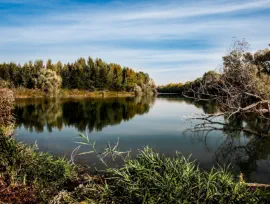
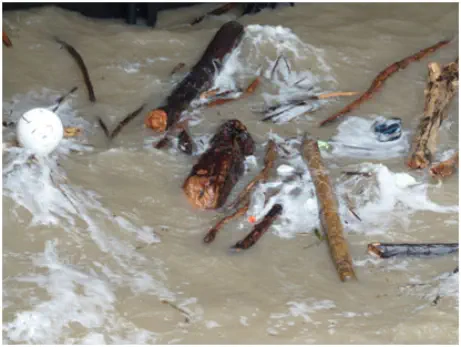
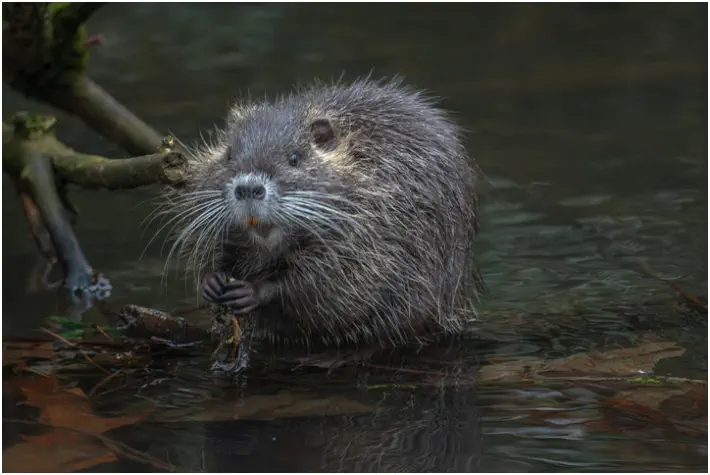
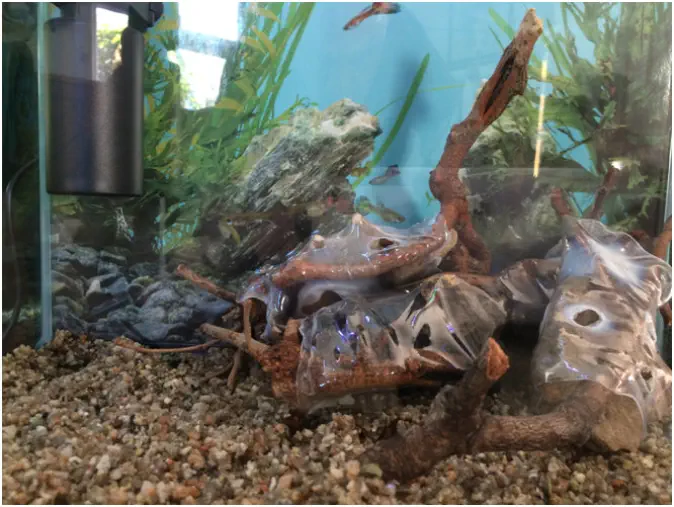
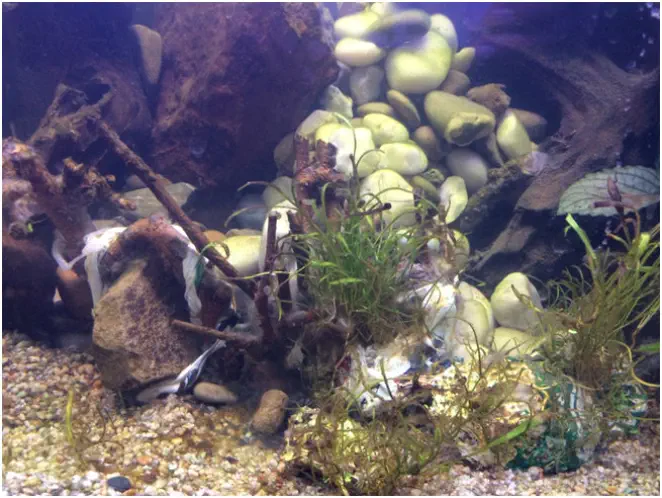
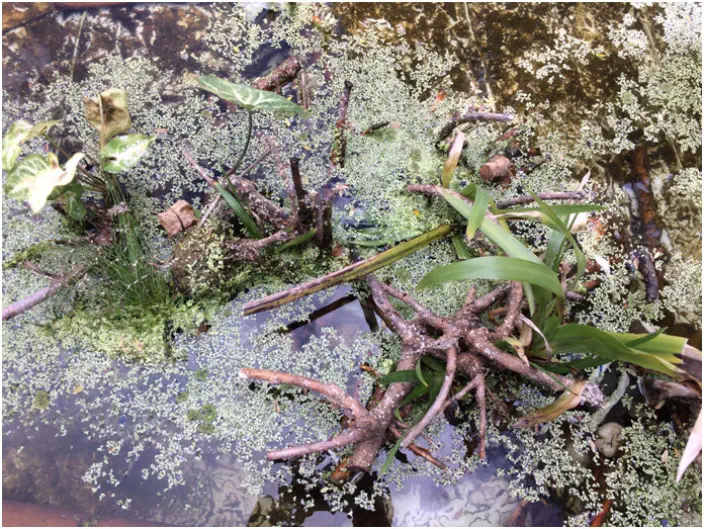


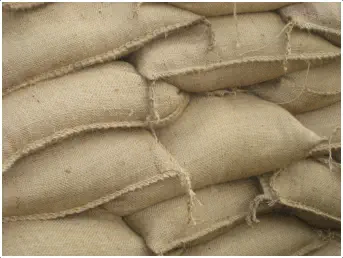
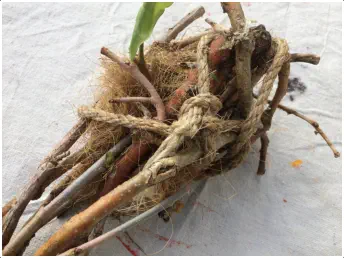
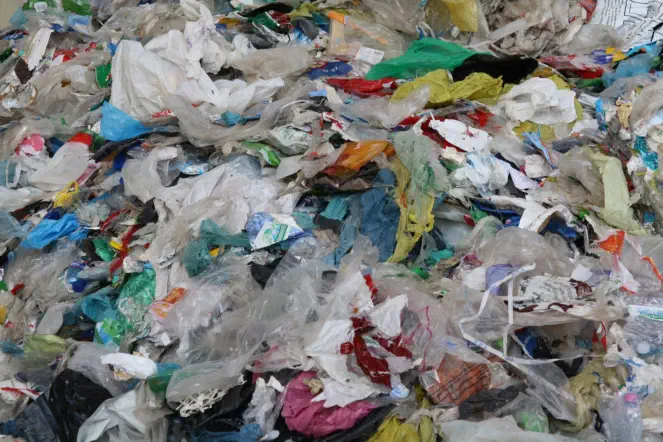
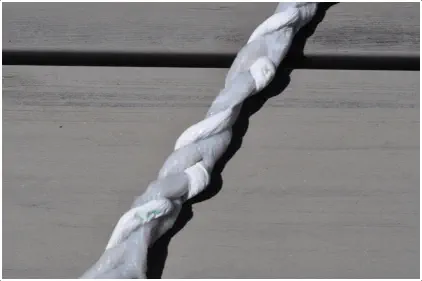
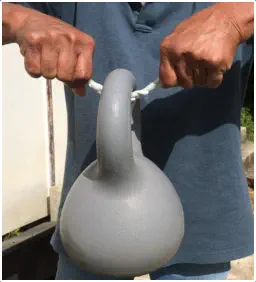
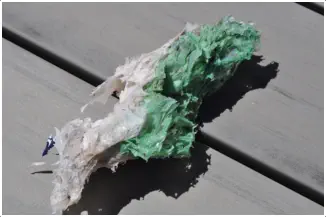
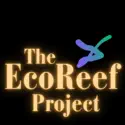
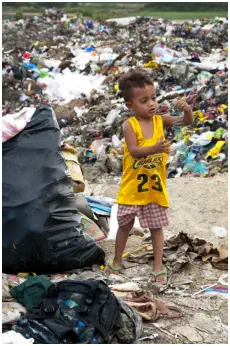
copyright GenesisPromotions.com.au
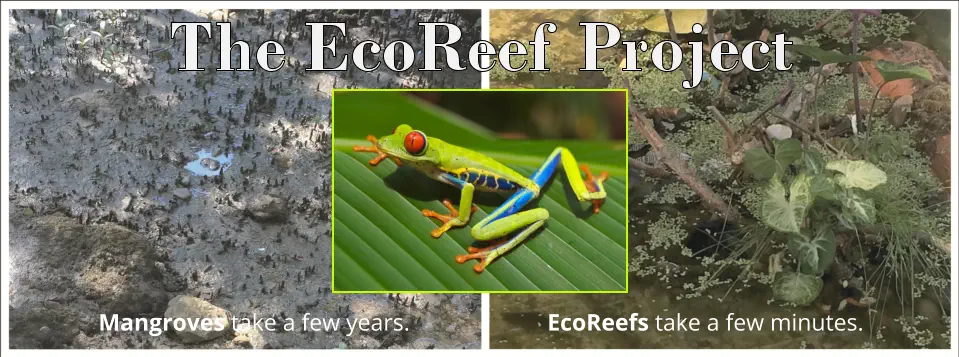
Check Out More Stories Here On Our Blog
Know more about Daphne’s Corner
Eco Photo Stories














